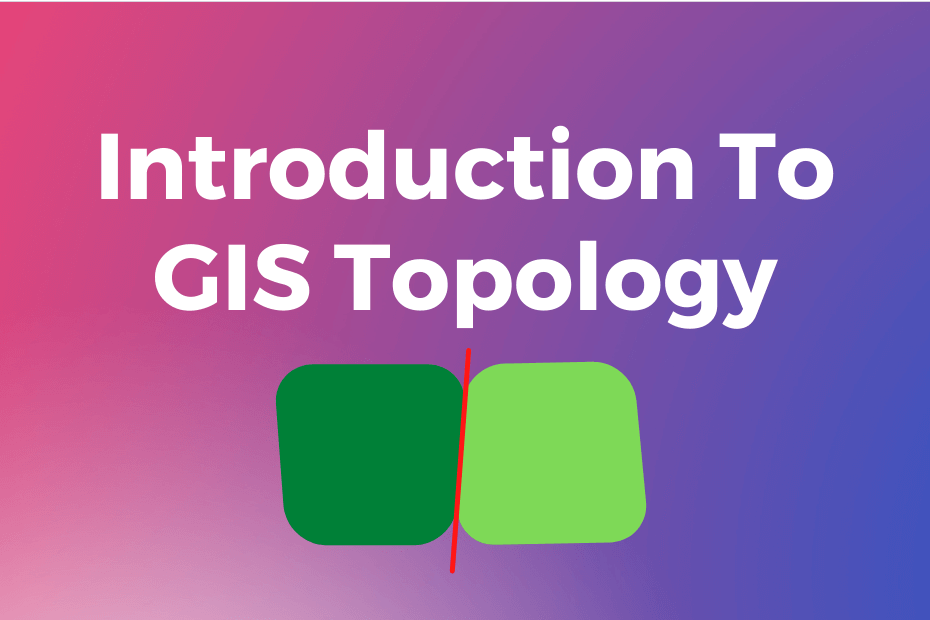Geometry is a geometric figure that has some sort of shape and size in the physical world. Data visualization can be used to create geometric shapes using data points that are collected by the computer or with calculated values.
This article will help you understand What is Topology in GIS & why topology is used in GIS applications and how it works.
Before diving into geospatial topology or spatial topology, you need to learn more about GIS Geometry.
What Is GIS Geometry?
GIS geometry is the mapping of geometric features on the Earth’s surface such as a river, well, mountain etc.
The use and understanding of GIS geometry are crucial for a GIS analyst, but knowledge of this field can also be beneficial for people who work in any profession that deals with the study and application of spatial data.
Knowing the basics of GIS geometry will help you to understand spatial relationships between points, lines, polygons, and other shapes.
Different types of GIS Geometry
The fundamental geometry in GIS is Point, Polyline & Polygon. We can have Multipoint and Envelop geometry in the ESRI platform.
What Is Topology In GIS
Topology is the study that deals with the area and spatial relationships. This can be easily defined as the mathematics of isolating a point or object from its surrounding environment.
In GIS, Topology is a set of rules that define how Point, Line & Polygon Features shares coincident geometry.
This is a technique used in GIS analysis that averts the distortion of areas subjected to geometric transformations. Topology usually involves the use of different types of arc, polygons, lines, and other shapes.
Types of Topology In GIS
GIS is an excellent tool for visualizing the spatial relationship between data and geography.
There are three types of topologies in GIS:
- Geodatabase topology -It defines the spatial relationship among features and feature class should be part of the same feature dataset.
- Map topology – This topology is created in the edit session and it creates a temporary relationship among features.
- Geometric network topology – This type of topology is stored in the geodatabase and maintained automatically by gis software.
ESRI has introduced the below-mentioned topology in geodatabases:
- Arc-Node Topology – In this, line features can share endpoints.
- Polygon Topology – Area features can share common boundaries.
- Route Topology – In this topology line features can share their segments with other line features.
- Region Topology – It allows Area features to overlap with other area features.
- Node Topology – Line features can shares endpoint with point features.
- Point Events – Point features can share vertices with line features.
Importance of Topology In GIS
Topology is the study of the properties of geometric shapes that can be used to describe those shapes.
Topology is used in geography to understand how the shape of an area can help us understand its physical characteristics, like where there is a mountain range or a lake.
Topological Errors in GIS
Topological errors in GIS are often a result of incomplete spatial data or mistakes in data capture.
Some of the examples of Topological Errors are:
Dangles, Undershoot, Overshoot, Silver polygon, Unclosed polygon and Mismatching adjacent polygon.
Conclusion: What Is Topology In GIS
Topology Provides New Ways to Look at Geospatial Data.
It is easy to get lost in a dataset and forget the big picture. Topology provides a way to look at data with an entirely new perspective.
Topology is an emerging area of research that has the potential to produce insights that are not available through traditional methods. It enables geographers to see connections and patterns in their data that would otherwise be hidden, revealing previously unidentified clusters and patterns within the data.
